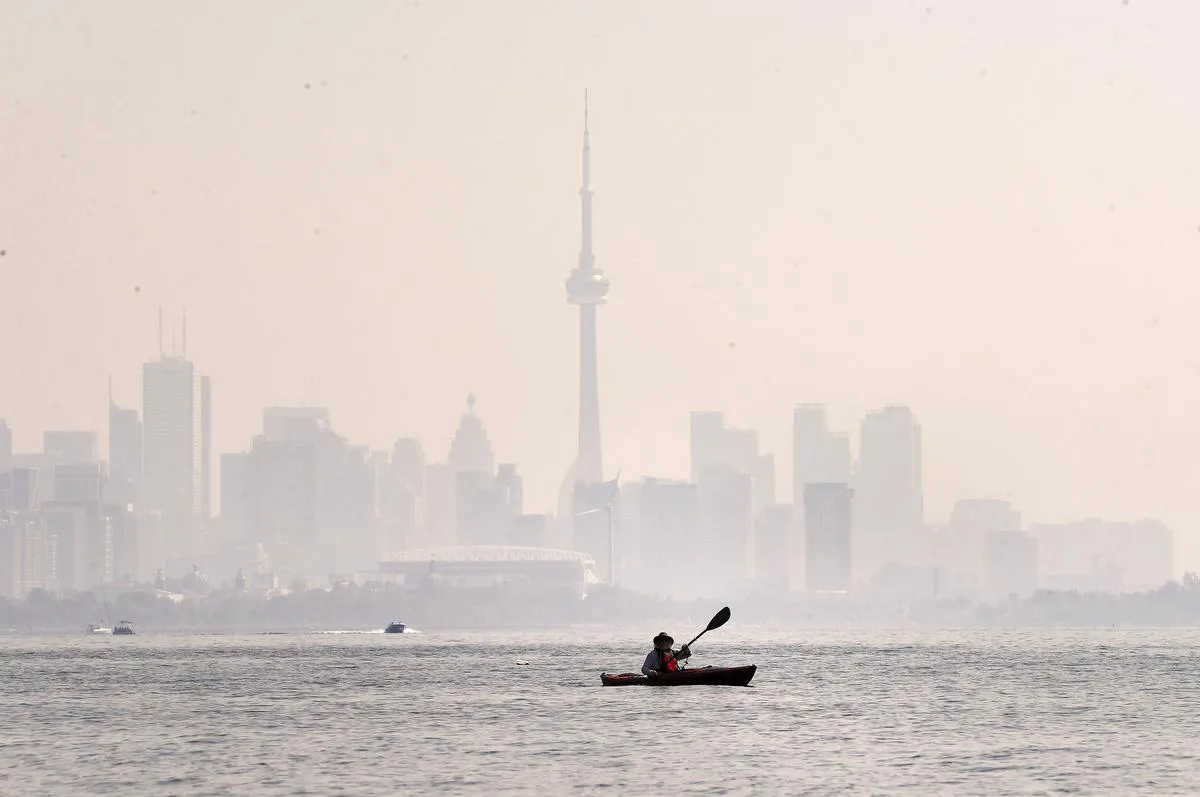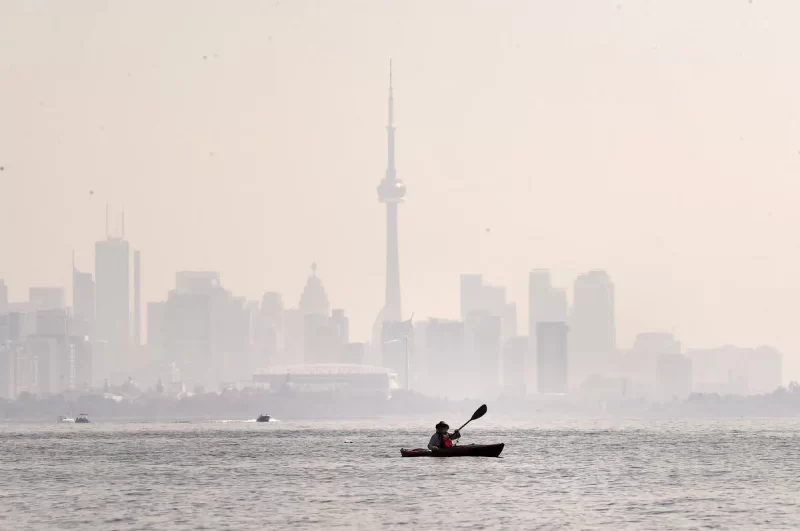Frequency of 2023 Canadian wildfires impacts air quality


If you noticed a smokey smell in early June, it wasn’t coming from a neighbour’s yard, but from raging wildfires across Canada.
The 2023 wildfire season has hit Canada hard. Many provinces and territories have seen a worse wildfire season than usual, with places like Nova Scotia experiencing the largest wildfire recorded in its history.
Arguably the most impacted province has been Alberta, which declared a state of emergency on May 6 and by May 7 had evacuated approximately 29,000 people from their homes. After a month-long battle, Alberta’s state of emergency ended on June 3. However, the fight is far from over, as of June 21, Alberta reports 71 active wildfires and 656 in total in 2023.
Fortunately, the fires haven’t been fought alone. Members of the Canadian Armed Forces were sent into Alberta to aid in firefighting while provinces and territories have been trading crews. In a time of crisis, it’s nice to see help being given when needed.
So, why is 2023 seeing a worse wildfire season than previous years? Hind Al-Abadleh, Professor of Chemistry at Wilfrid Laurier University credits hotter and drier weather, as well as an earlier start to wildfire season compared to previous years: “One has to keep in mind that nature operates on a different time scale than humans”, said Al-Abadleh.
Due to an earlier wildfire season, Ontario’s air quality has been impacted. Those whose who have been following air quality levels have been keeping a close eye on the Air Quality Health Index (AQHI), a scale that ranks air quality from best (1), to worst (10).
The Kitchener-Waterloo area saw low-moderate risk towards the end of May, and briefly jumped to a moderate-high risk the first week of June, even prompting a statement from WLU involving the university’s plan for outdoor staff: “Laurier is supporting managers to communicate directly with staff who work outdoors to identify risks and put protection strategies in place”. Since then, the AQHI has reported low risk for the KW area, with the occasional jump to low-moderate.
Canada isn’t the only country to see poor air quality from the wildfires. The United States has reported poor air quality in northern states, with New York City in particular being impacted by heavy smoke. This led to the city reporting its worst air quality levels since 2006, and several flights were cancelled due to poor visibility.
While this might seem scary, there is a lot of work being done to improve air quality. As many researchers focus on reducing the risk of wildfires, they are also looking into better methods for firefighting. As Al-Abadleh points out, “one cannot prevent a lightning strike.”
On top of the work being done on wildfire prevention there are also many people working on reducing emissions, which in turn improves air quality. Al-Abadleh uses the example of electrifying the transit system which will “cut the majority of the gases and the precursors to the particles that will make the air quality a bit poorer”.
When it comes to how people can help, Al-Abadleh reminds us of the power we have: “vote with your wallet and take measures to maximize the use of public transit instead of the gasoline powered individual cars”.
For those with underlying health conditions who might feel concerned about the poor air quality, Al-Abadleh provides even more tactics: “If you are going to stay indoors make sure you close your windows and rely on the cycling of clean air in your unit”.
Lastly, Al-Abadleh also suggests that individuals “minimize burning candles or any residential wood fire that could introduce particles into your household”. In addition, other strategies for minimizing personal health risks include the use of an ozone free air purifier or wearing an N95 mask when outdoors.
Reflecting on the impacts of the wildfire disasters, Al-Abadleh closes with calling the current situation “a taste of what’s to come”, but also shares an optimistic outlook on the future of our environment.
The key to your safety and ease of mind is to educate yourself. “Make sure that you are equipped not only with knowledge, but also with tools to help you breathe clean air”.


